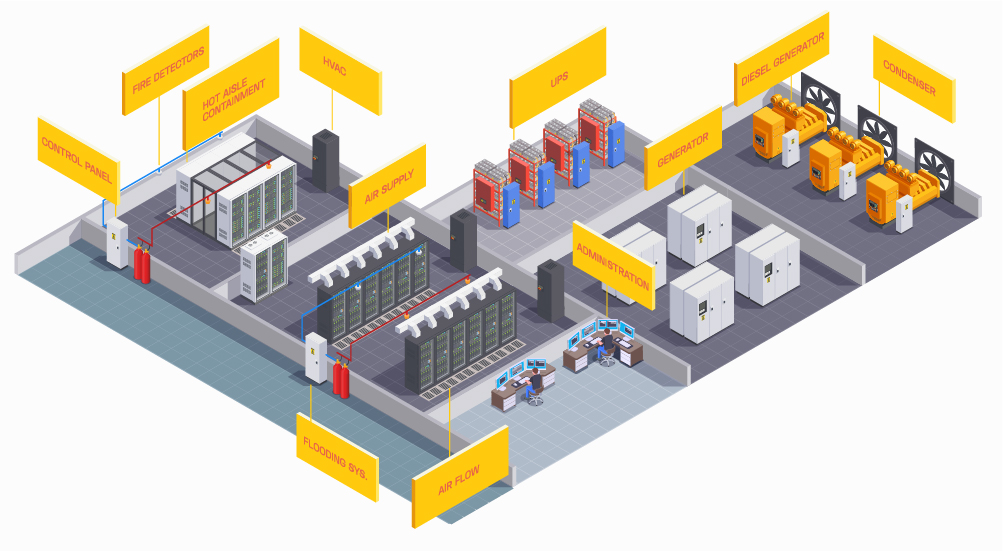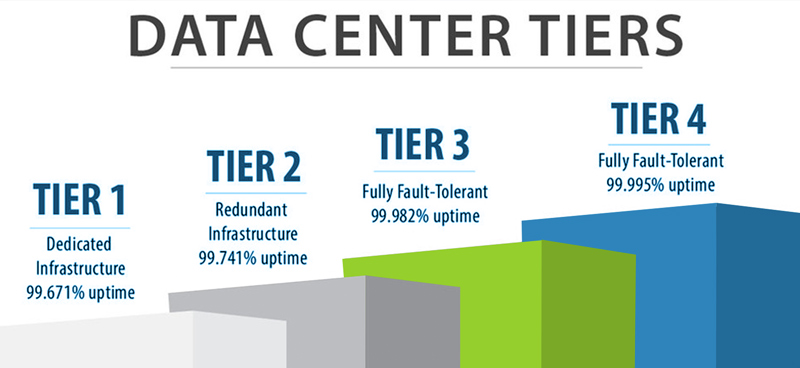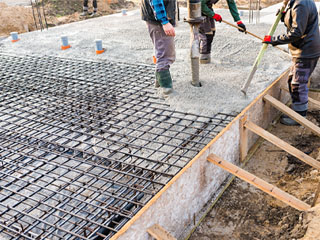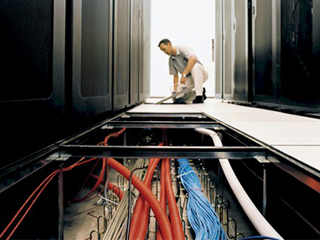Data Center Redundancy and Tier Classification Levels

Running and maintaining a data center requires at least some degree of redundancy. This allows for reliable operation and increased the uptime during planned or unplanned downtime.
Depending on your business type and niche – whether you run a private business where some downtime is acceptable, or run private cloud and server hosting where any downtime will cost your customers and your business big money – you might want to invest in a more robust data center.
This is where a data center’s tier classification levels become important.
Data Center Tier Levels
The Tier levels are a standardized methodology defined by Uptime Institute over 25 years ago that are used to consistently evaluate various data center facilities in terms of potential site infrastructure performance, or uptime. This can also help to measure and compare a data center’s performance, ROI (return on investment) and cost. There are four data center Tiers (I-IV) which are progressive; each Tier incorporates the requirements of all the lower Tiers, and adds further features.

Tier I: Basic Capacity
A Tier I data center provides:
dedicated IT infrastructure and space (server room) which is beyond a typical office setting, has a single network uplink and usually contains non-redundant servers. Dedicated uninterruptible power supply (UPS) to filter the main power line’s power spikes, sags, and provide power during short power outages. Dedicated cooling equipment (HVAC) that doesn’t get shut down at the end of the office hours. Dedicated fossil-fueled engine generator that protects the infrastructure from any extended power outages This level is generally enough for businesses which could tolerate some planned IT downtime after regular business hours or on weekends (maintenance window).
Tier II: Redundant Capacity Components
Tier II data centers will include all of the Tier I sites’ capabilities, and add further redundancy features:redundant power for the critical equipment (using UPS modules, generators, alternate power sources). Redundant cooling components (HVAC, chillers or pumps). These will provide better maintenance features and a better margin of safety against typical IT process disruptions that would result from equipment failures.
Tier III: Concurrently Maintainable
Tier III data centers will include all of the Tier I and Tier II sites’ capabilities, and add further redundancy features:
redundant delivery path for power (dual-power), network uplink and cooling for all components of the equipment all data center components can be selectively shut down and maintained without impact on the overall IT operation (there is no service outage) This level (and Tier IV) is optimal for multinational companies or for businesses where any downtime will adversely affect their operation (e.x., gaming companies, casinos, airlines, SaaS) who need 24/7 availability.
Tier IV: Fault Tolerance
Tier IV sites are building on the Tier III infrastructure, also adding fault tolerance to the entire site infrastructure’s topology. This level is the most robust and the least prone to failures. The level of fault tolerance requires that all the power, networking, storage and the cooling components to be 2N fully redundant and dual-powered. This means that in the event of any single power or cooling infrastructure component failure, the standard IT service can still continue without any interruption. The provided IT service could only be affected if components from two different electrical or cooling paths fail.
Which Tier should be chosen?
The data center infrastructure’s costs and operational complexities increase with each Tier Level, so it is up to the business owner to determine the necessary level, and the acceptable risks. Note that a Tier IV data center is not considered “better” than a Tier II installation. In all cases, the data center’s infrastructure needs to match the required business application, otherwise the costs and risks can increase unnecessarily.
As of 2009, Uptime Institute has removed the references to “expected downtime per year” from the Tier Standard. The current Tier Standard does not assign availability predictions to Tier Levels. This change was due to a maturation of the industry, and understanding that operations behaviors can have a larger impact on site availability than the physical infrastructure.
If a data center operator takes the Tier levels seriously, he/she could apply for a Tier Certification from Uptime Institute. The Tier Certification is a performance-based evaluation of a data center’s specific infrastructure, operations and strategy.
Also it is important to note that Uptime Institute states that all Tier Certification of Design Documents awards issued after 1 January 2014 will expire two years after the award date. This is to ensure that the data center operator continuously meets the requirements of the certification.
How can AKCP help?
We have multiple solutions for monitoring your datacenter. Whether you are looking for a few temperature and humidity sensors for your computer room, or rolling out a multi cabinet monitoring solution, AKCP has an end to end data center monitoring solution including sensors, and AKCPro Server DCIM software. Our Rack+ solution is an integrated intelligent rack or aisle containment system. Pressure differential sensors check proper air pressure gradients between hot and cold aisles. RFID Cabinet locks secure your IT infrastructure.
AKCP provides both traditional wired and wireless data center monitoring solutions. Our Wireless Tunnel™ System builds upon LoRa™ technology, with specific features designed to meet the needs of data center monitoring. Wireless sensors give rapid deployment, easy installation and high level of security. It is the only LoRa based radio solution that has been designed specifically for critical infrastructure monitoring, with instant notifications and on sensor threshold level checking.



